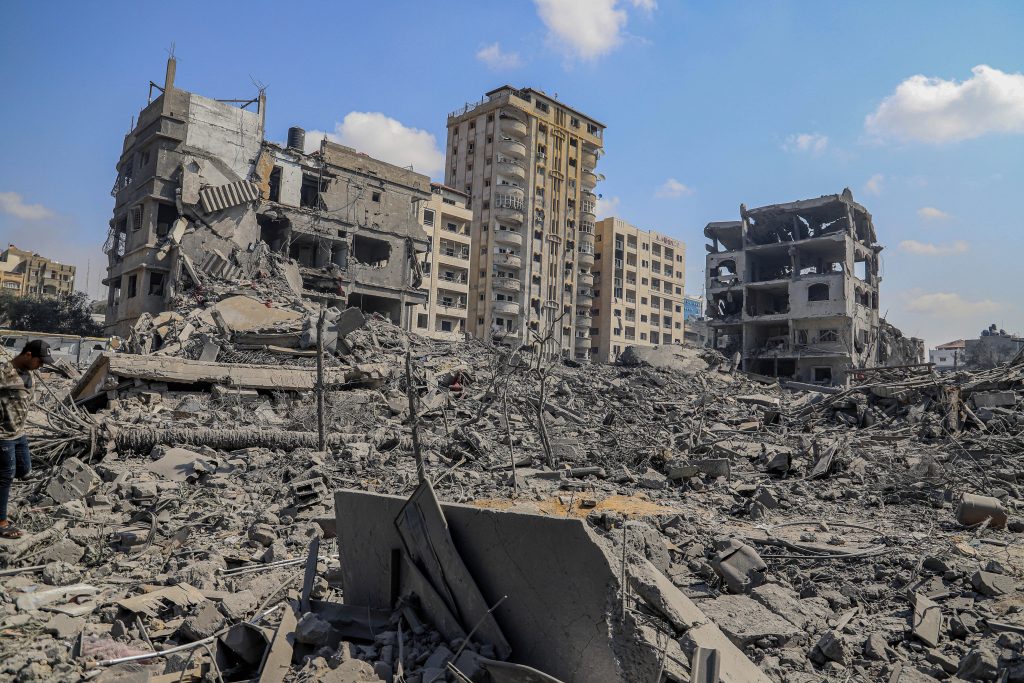
The world is seeing pictures nobody needs to see: the children of Gaza, their reed-thin arms, their wide, hunger-filled eyes, the unmistakable signs of famine before our own eyes. The most recent Integrated Food Security Phase Classification report does not mince words Gaza’s food intake has dropped to an unprecedented all-time low since the war broke out, and the red warning lights are flashing on a calamitous famine.
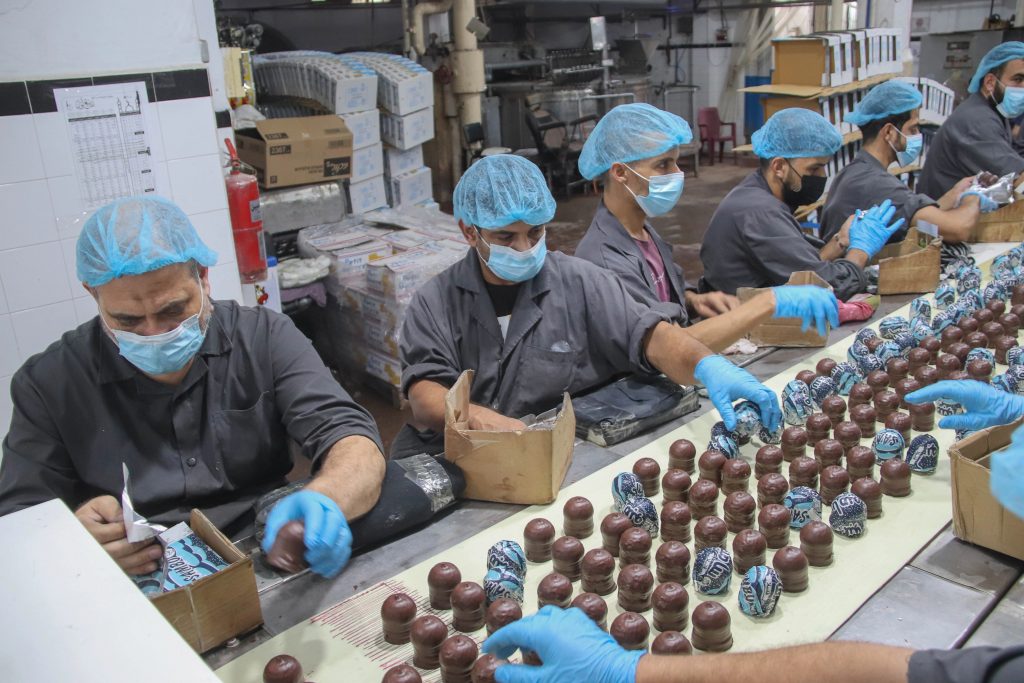
For human rights relief workers, decision-makers on policy, and reporters, the seriousness of the situation cannot be ignored and it calls for an answer that is sympathetic as well as knowledgeable.
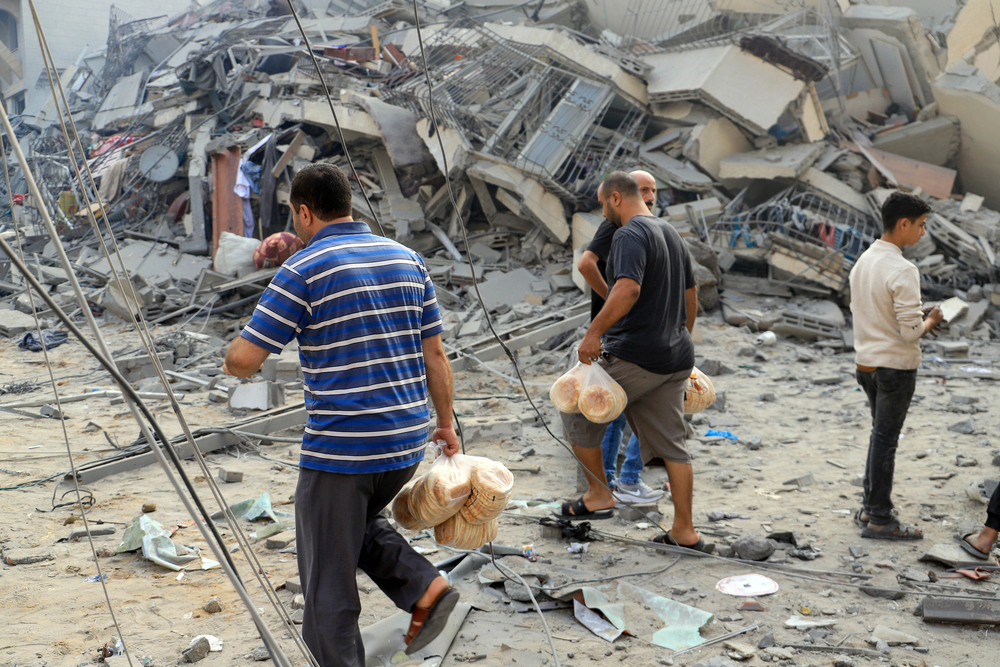
1. Famine on the Brink: What the IPC Report Shows
IPCs July 2025 warning is clear: “Famine thresholds have been reached for food consumption in most of the Gaza Strip and for acute malnutrition in Gaza City.” More than one in three Gazans 39 percent are now going days without eating, and over 500,000 people are enduring famine-like conditions. The remaining population faces emergency levels of hunger. Gaza City has witnessed under-five child malnutrition escalate four times in two months to a staggering 16.5 percent. As FAO Director-General QU Dongyu has articulated, “People are starving not because food is unavailable, but because access is blocked, local agrifood systems have collapsed, and families can no longer sustain even the most basic livelihoods”. The exigency of safe, sustained humanitarian access without which the deaths will keep piling up, as the recent IPC alert indicates
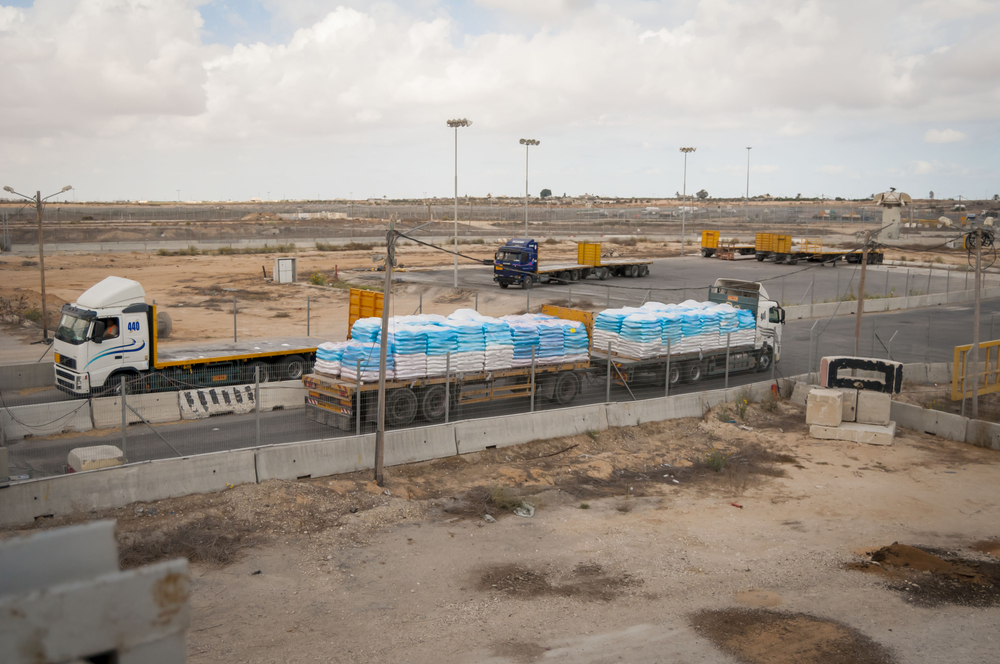
2. Blockade and Bottlenecks of Aid: The Anatomy of Manufactured Hunger
Aid dependency in Gaza is news of old, but Egypt and Israel’s two-year increased blockade has pushed it perilously close to the brink. The number of trucks entering Gaza is 30% fewer than before the blockade, while the population has increased more than 50%. Power outages average 11 hours a day, 78% of piped water cannot be consumed for drinking, and unemployment remains at 46.6%. Farmers and fishermen have been strangled by fishing and agricultural bans. “It is not a logistical failure it’s a political decision,” a humanitarian assessment of the effects of the blockade reports.
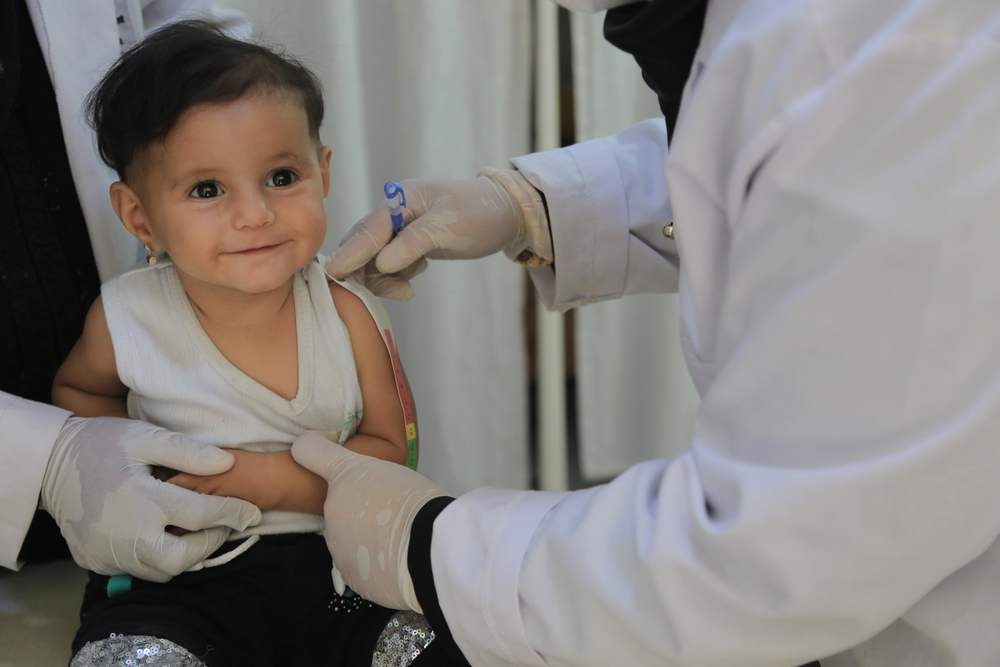
3. Starvation as a Strategy: International Law and Morally Indignant Response
Starvation through warfare is totally banned under international law. Article 54 of the Additional Protocol I to the Geneva Convention and Article 8(2)(b)(xxv) of the Rome Statute simply refer to the same as war crimes. However, UN agencies and IPC argue that conscious constraints on aid, the destruction of food infrastructure, and the breakdown of health services have produced disastrous results. “Willful starvation of civilians inflicts intolerable suffering and risked normalising war crimes in future conflicts,” a joint statement released in May 2025 by international and Palestinian doctors says.
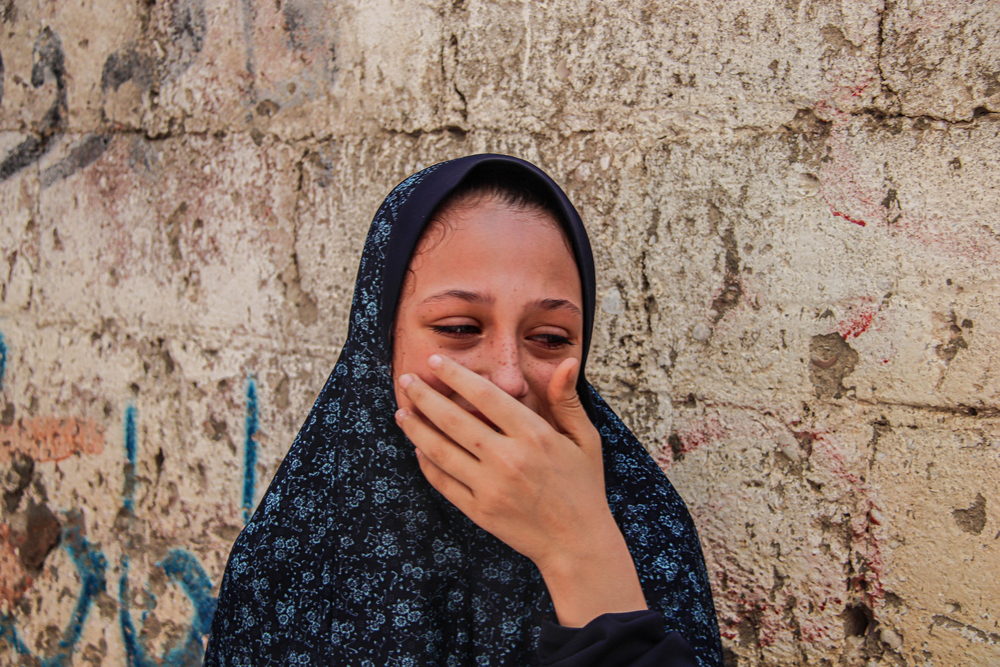
4. The Human Face: Stories of Resilience and Solidarity
In the face of unrelenting adversity, there are tales of resilience. Basma, a Gaza-based psychologist, keeps on giving psychological assistance to women even as she is herself displaced. “The signs of distress among women may affect their behavior with children, husbands, and others,” she states. Aisha, again displaced, still holds on to hope: “What do I hope for the future? That I don’t stay here. That my father and I reunite. I hope the war ends… after the war, peace will come.” Humanitarian workers such as Fatma and youth group leaders such as Khalid exemplify solidarity, providing support, promoting mental health, and refusing to give up on their communities through ground-up work.
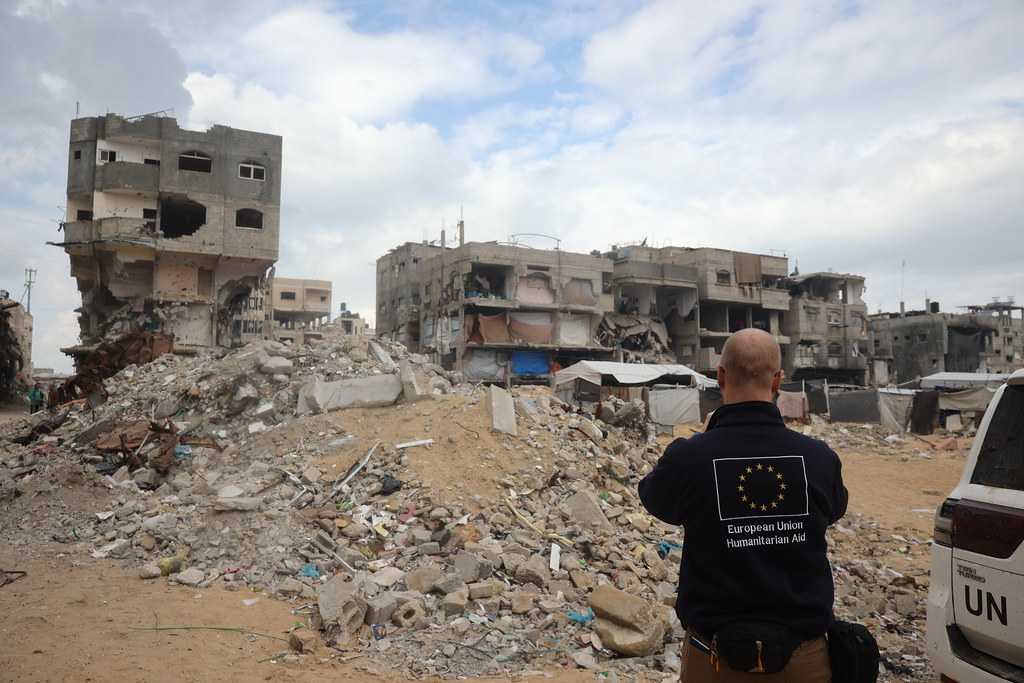
5. Action and Advocacy: What to Do to Assist Gaza’s Humanitarian Response
To outsiders like us, then the question arises: what can you do to help? Specialists call for positive activism in calling for unlimited humanitarian access, advocating for a ceasefire, and protesting on behalf of those most vulnerable. The United Nations and their donors have an immediately deployable, principled plan for delivering mass relief, with 160,000 pallets of aid ready at the border. “We have personnel, channels of distribution, infrastructure, and local contacts in position to react rapidly and in a manner that delivers assistance directly to civilian populations in need, and without diversion,” the UN Gaza operation plan says. Activists can assist by pushing for reinstatement of funding to stable agencies, rejecting militarized aid proposals, and demanding independent monitoring of aid flows.
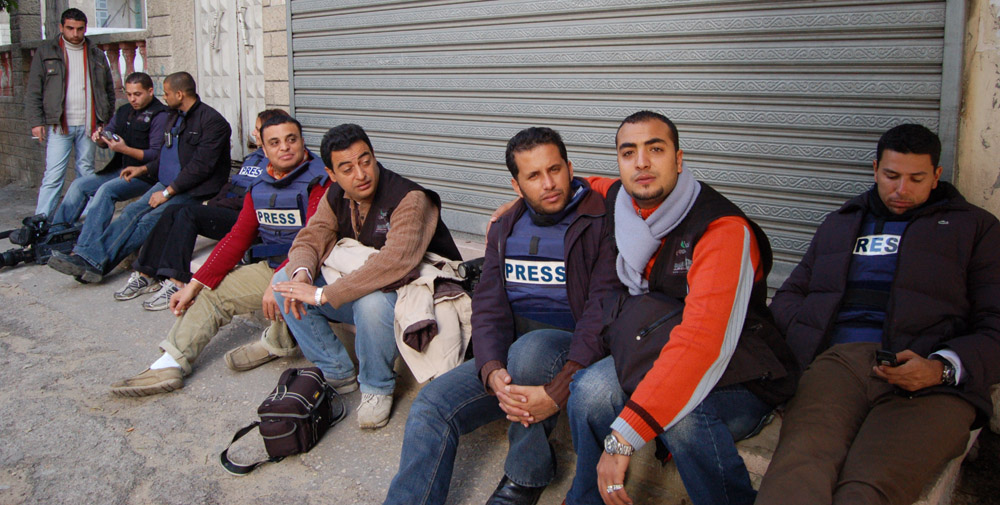
6. Emotional Resilience: Coping with Disturbing Images and News
Working as a human rights professional or journalist, exposure to disturbing images and news may catch up with you. One must remain well-informed without jeopardizing your health. Caregiving professionals advise that news watching be regulated, one steps back from time to time, and participates in activities that help bring things back to normal. “Taking a break to take care of yourself doesn’t mean you don’t care,” a guide for relief workers and journalists’ counselors reminds us. Emotional working through, peer support, compassion and kindness for oneself and others are the keys to successful long-term reporting and advocacy.
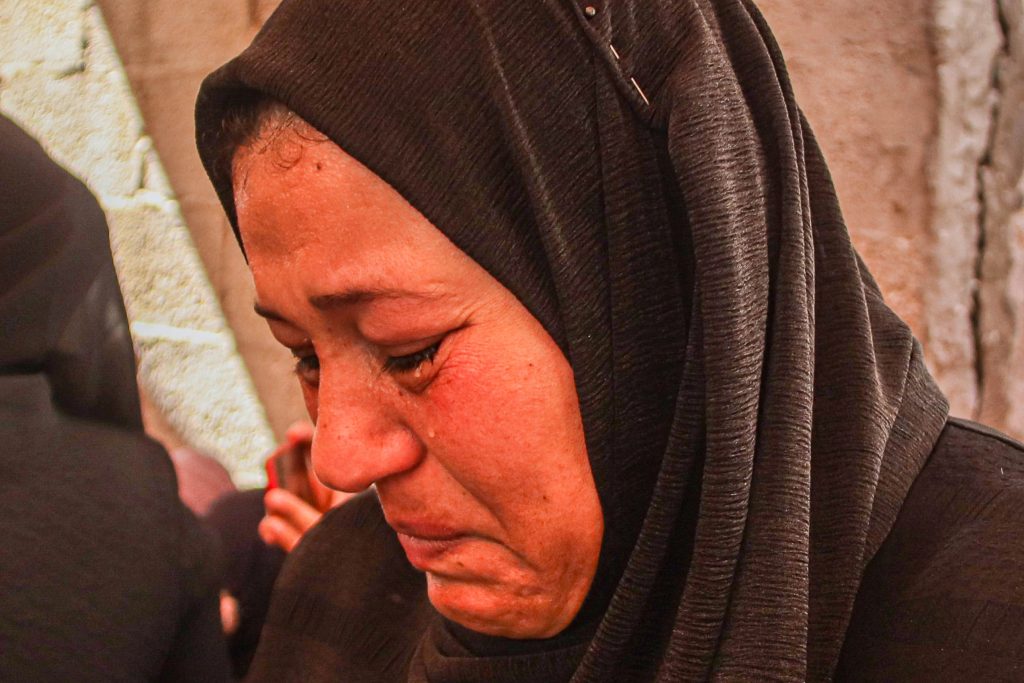
7. The Way Forward: Prioritizing Dignity and Responsibility
The Gaza crisis is not a deficit story it’s an experiment in worldwide conscience. As succinctly put by Professor Mohan Dutta, “Famine is not a by-product of war or shortage; it is a calculated colonialist tool, an unethical strategy, adopted to subdue and devastate.” The answer is to scream all the more for the victims, demanding responsibility for human rights violations and working day and night towards systems that honor human dignity.
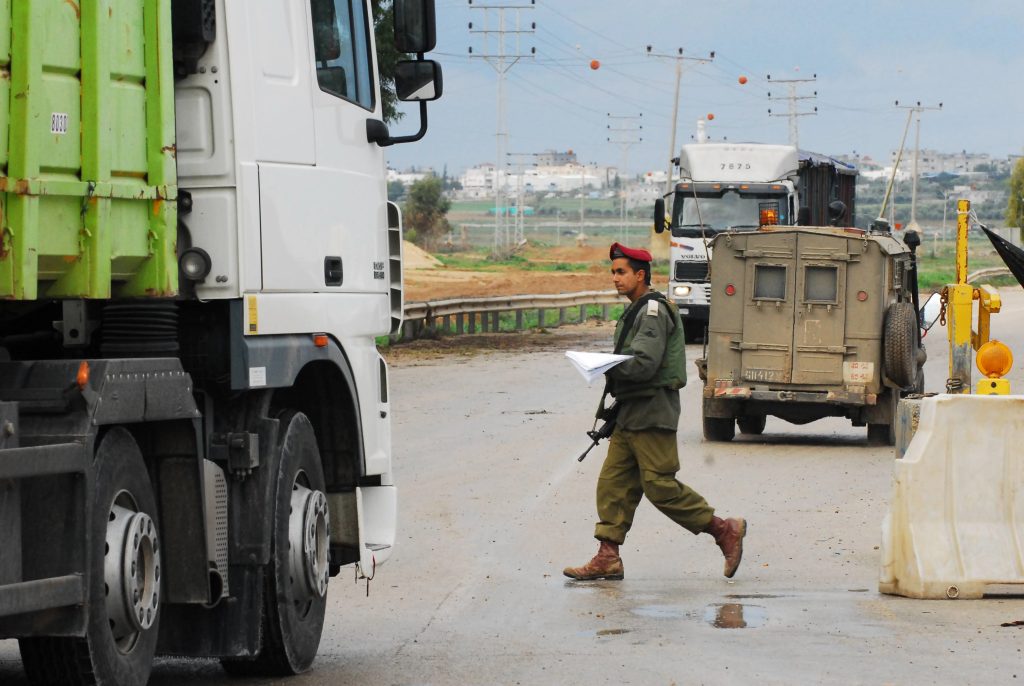
Each advocacy action, each sentence spoken, and each attempt to resume aid is a move to end the cycle of forced starvation and create a future in which this cannot occur. As the world observes the pain unfolding in Gaza, its people’s resilience and the international humanitarian community’s resolve will be a strong reminder: solidarity, action, and hope can and must triumph.


